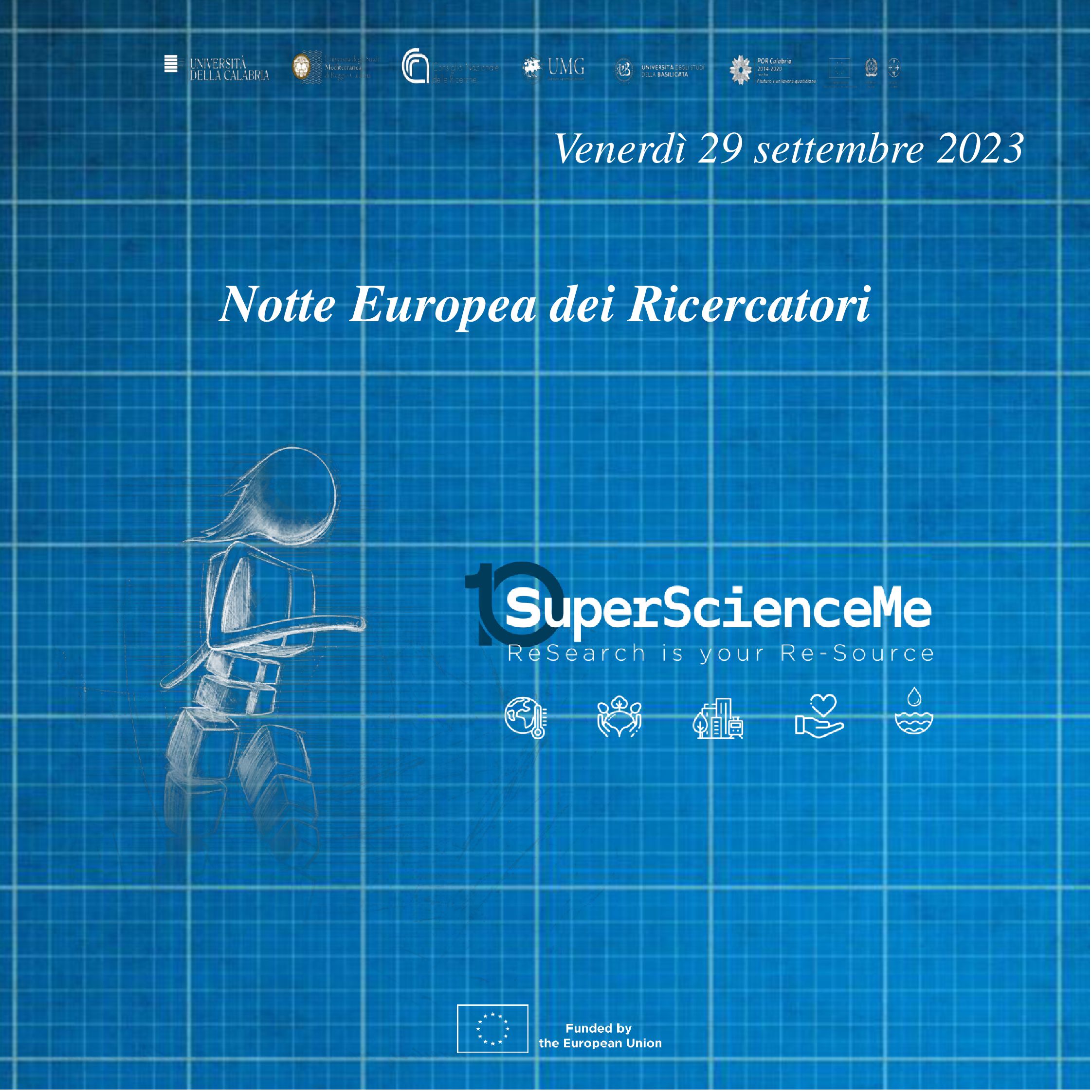The Geophysical Laboratory at IMAAA-CNR is operating since 1991. Its purpose is to promote the application of geophysical techniques, such as Electrical Resistivity Tomography (ERT), Induced Polarization (IP), Self-Potential (SP), Magnetometry (MAG), Magnetotellurics (MT), EM method, Ground Penetrating Radar (GPR), Time domain reflectometry (TDR), Ground-based microwave Synthetic Aperture Radar interferometry (GBSAR), Horizontal to Vertical Spectral Ratio (HVSR), in interdisciplinary research programs mainly devoted to the study of environmental and geological hazards. In particular, the main activities of the Lab are devoted to the application, development and integration of different geophysical techniques to better characterize the physical properties of subsurface for monitoring and studying of geo-hazards, such as seismic, volcanic, hydrogeological and environmental risks. Furthermore, basic researches regarding linear and non-linear models for geophysical time series analysis are carried out.
Recently, the Geophysical Laboratory was completely modernized concerning most of the data acquisition systems and computing facilities for the management of remote stations of the geophysical monitoring network and for the realization of electrical, magnetic and electromagnetic tomographies.
At present, the research activities are focusing on the following main topics:
- Application of Magnetotelluric (MT) technique to characterize deep geological structures and to study the temporal stability of electromagnetic signals in continuous monitoring detection;
- Use of electric and electromagnetic techniques (ERT, SP, MAG, EM method, GPR) in the recognition and characterization of the active faults in seismogenic areas;
- Development of innovative methods and tools for the analysis of the seismicity. Earthquake location by using advanced techniques. Study of the seismic source and estimation of source parameters;
- Applied Geophysics and Seismology to Seismic Site Response, Building Response and Soil-Structure interaction through experimental analysis on earthquake and ambient noise recordings. Regional Attenuation study, Statistical analysis of Seismicity data and Estimate of Seismic Hazard for sites;
- Use of geophysical techniques (ERT, GPR, HVSR) in Seismic Microzonation studies;
- Study of hydrogeological risk areas by means of geophysical techniques (ERT, Time-lapse ERT, IP, SP, TDR, HVSR, GBSAR) to reconstruct the geometry of landslide bodies (lateral extension and thickness), to identify sliding surfaces, to recognize the movements and accumulations of groundwater flows and to measure the displacements;
- Use of Ground-based microwave Synthetic Aperture Radar (GBSAR) interferometry to study and monitor surface deformation phenomena and movements of large portions of territory (landslides, slopes, volcanoes, glaciers etc.) and for static or dynamic displacement measures of structures and infrastructures (dams, bridges, towers, buildings etc.) with sub-millimetre accuracy;
- Application in situ and development of electromagnetic technologies (TDR and ERT) for sustainable resource management in Precision Agriculture. Temporal and spatial monitoring of the soil water content during the productive cycle of the crops, based on measurements of soil physical properties through a network of sensors (ERT, TDR);
- Use of electric and electromagnetic techniques (ERT, Time-lapse ERT, SP, GPR) for ground and groundwater pollution study;
- Application of electric and electromagnetic techniques (MT, ERT, SP, GPR) in the study of geothermal and volcanic areas;
- Use of electric and electromagnetic techniques (ERT, SP, MAG, EM method, GPR) in archaeological researches;
- Analysis of complex dynamic systems. Identification of extreme events in time series of geophysical and environmental data. Monofractal and multifractal analysis of seismic sequences and geophysical and environmental data.
Experimental equipment:
- Electrical Resistivity Tomography acquisition system Syscal Junior, Syscal R2 and Syscal Pro (Iris Instruments) Switch 48, with 5, 10 and 20 m spacing;
- DMERT Prototype for deep geoelectrical survey;
- Self-Potential Multichannel acquisition system;
- Magnetotelluric system: MTLF24 (Electromagnetic Instruments Inc. - EMI Schlumberger) with BF4 induction coil magnetometers (EMI, Schlumberger) and PbCl2 non-polarizing electrodes (SDEC, France);
- Multiple Frequency Electromagnetic Profiler GSSI GEM 300 (330 – 20000 Hz);
- Sir-2000 and Sir-3000 GPR Data Acquisition System equipped with 40, 200, 400, 900, 1500 MHz antennas (GSSI);
- High speed multichannel radar system for Road Assessment Surveys RIS Hi-PAVE (IDS) equipped with an Air Launched antenna HR1000 (1000 MHz);
- Geometrics G-858 cesium Magnetometer – Gradiometer;
- GB-SAR (IBIS-S and IBIS-L) developed by IDS S.p.A.;
- Time Domain Reflectometry (TDR) Instrument System;
- GPS 1200 Surveying Systems (Leica);
- Tromino equipment to seismic ambient noise recordings;
- Mark L4C seismometer with Earth Data EDL logger;
- Lennartz 3DLite seismometers with PRAX-ISMES acquisition unit 24 bit per channel;
- Kinemetrics K2 – 6 channels accelerometer;
- Shallow Borehole EpiSensor with 100 meters of cable;
- Seismic station of the Irpinia Seismic Network (ISNet – AMRA scarl) composed by one accelerometer (Guralp CMG-5T – 1g full-scale) and one data logger (OSIRIS);
- Precision Component Analyzer 6430B (Wayne Kerr);
Facility
- • Mobile Geophysical Laboratory for the acquisition, processing and interpretation of geophysical data in-situ;
- • Hydrogeosite;

















